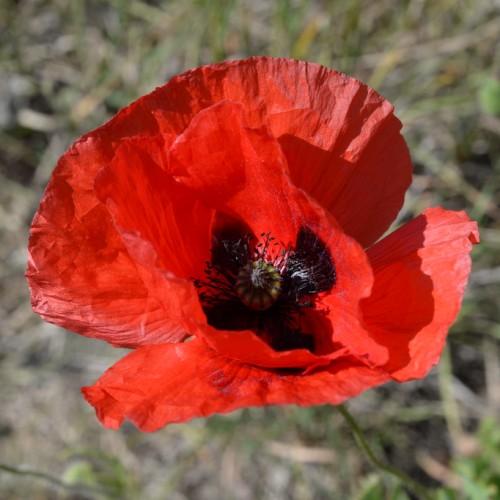
corn poppy
Papaver rhoeas
Cycle:
Annual
Watering:
Average
Hardiness Zone:
3 - 10
Flowers:
Flowers
Sun:
Full sun
Leaf:
Yes
Growth Rate:
High
Maintenance:
Low
Invasive:
Yes
watering
Corn poppy requires regular watering to thrive. During the summer months, water the plant deeply once a week, allowing the soil to dry out between watering. During spring and fall when temperatures are cooler, water less frequently, but still ensure the soil remains moist. In winter, no watering is necessary.
sunlight
The corn poppy (Papaver rhoeas) is a sun loving plant species, which needs at least 6 hours of direct sunlight each day to thrive and grow. It can also tolerate partial shade but it will not flower as well in those conditions. For a successful corn poppy display, modified full sun conditions of 8 to 10 hours of available sunlight per day is ideal. That should include some shade during the hottest part of the day, from 11am to 3pm, to protect the plant from too much exposure to the midday sun.
pruning
Corn poppy should be lightly pruned in early spring after any frost has passed. This will help to stimulate new, healthy growth and ensure an abundance of flowers blooms throughout the bloom period. Begin by removing any weak or dead stems. Then, prune any stems back to the next bud so that the plant will be shaped nicely and retain a full appearance. You may also wish to deadhead any spent blooms to prolong flowering and create an overall neater look. Finally, it is advisable to trim back severely after flowering has finished to encourage compact and healthy growth for the next year.
